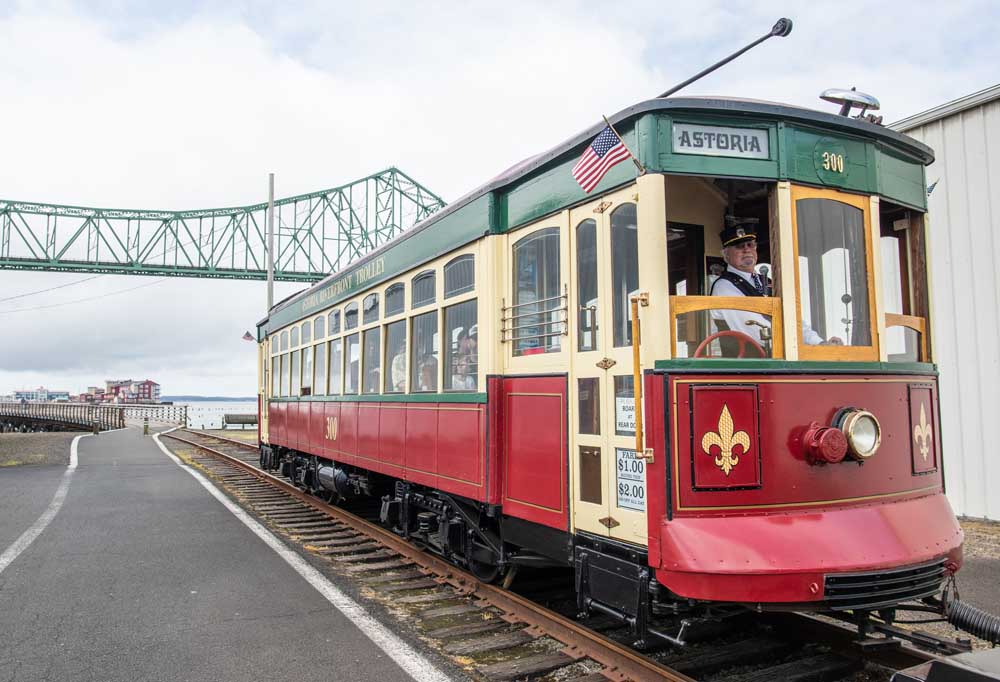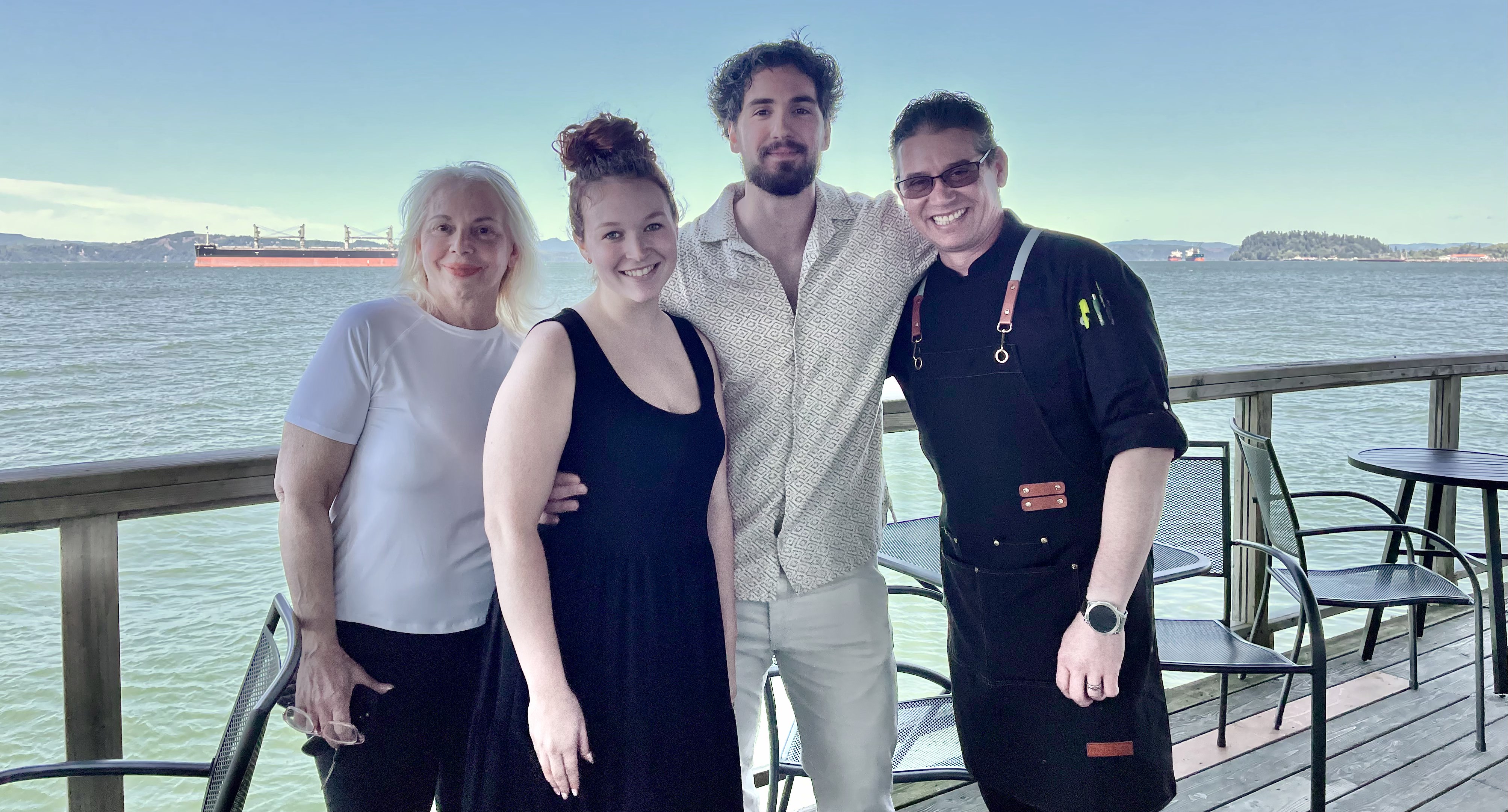Astoria Riverfront Trolley to return
Published 11:46 am Friday, July 9, 2021

- The Astoria Riverfront Trolley takes riders along the waterfront.
Bob Miller laughed as onlookers cheered and captured photos of the Astoria Riverfront Trolley during a training run on Thursday morning.
Trending
“It’s clear the public are ready for us, our picture is all over Facebook,” said Miller, a conductor who serves on the trolley’s operations and safety committee.
The committee decided Thursday night that the trolley would reopen service on July 23 after a 16-month hiatus. The trolley will run from 12 p.m. to 6 p.m. on Fridays, Saturdays and Sundays until enough new volunteers can be certified for a full seven-day-a-week schedule.
When the pandemic hit and service was suspended in 2020, the trolley lost many of its volunteers. Those who were left continued to do regular maintenance on the track and other tasks, but at a slower pace than they had hoped.
Trending
Much of the maintenance includes repairing weary joints in the track and digging portions of the rail out of the mud.
“All of us volunteers are, how you might say, of a certain age where we are more susceptible to conditions than others,” said Frank Kemp, the trolley maintenance coordinator and trainer since 2011. “We replaced ties and did track maintenance for the first year, and then everyone just got burned out, as did a lot of businesses.”
Kemp said that earlier in the pandemic, the committee had discussed a conditional route that would run from Uniontown to the Columbia River Maritime Museum and back, as opposed to all the way to 39th Street.
This idea frustrated many of the volunteers, who only wanted to continue service if they could operate as normal. Now that coronavirus conditions have improved, however, Kemp said the conditional route can be scrapped. He and others on the committee hope this can persuade some of their volunteers to return.
Before service can begin, however, the committee must work to recertify all of the conductors with the approval of the Oregon Department of Transportation, a process similar to a driving test that all operators must go through every year.
“We usually do that in March, and of course that didn’t happen this year,” Kemp said.
The trolley is classified as a form of public transportation. Due to the classification, riders can expect to have to wear masks per federal requirements.
“We’re goodwill ambassadors for the city,” Miller said. “We tell stories and jokes and have fun with people and we don’t want to be the mask police.”
Kemp said that state inspectors will reevaluate the classification as part of their inspection prior to the trolley’s restart. They are hopeful that the requirements can be dropped as federal rules are updated sometime in September.
Another roadblock trolley operators may face is how they handle the distribution of cash payments. In the past, locals may recall waving a dollar bill to get the attention of drivers. Now, riders will make optional payments in a donation box to help keep volunteers safe.
Kemp doesn’t believe this change will hinder their ability to gather funds. “We’ve done that before and made enough money doing that,” he said.









